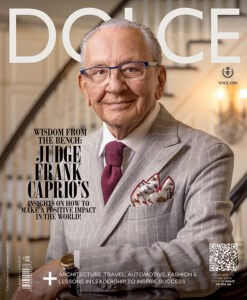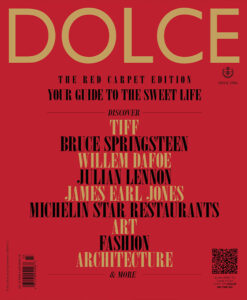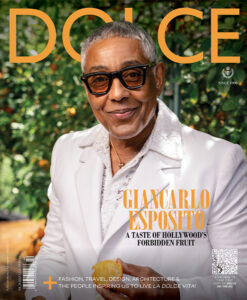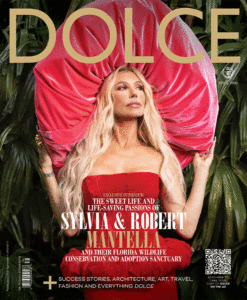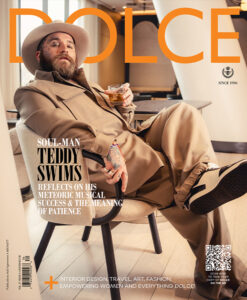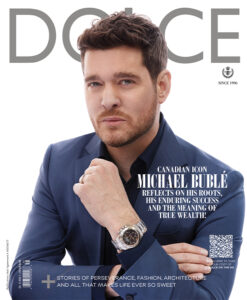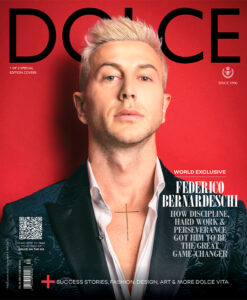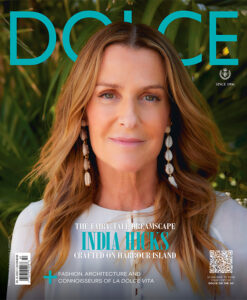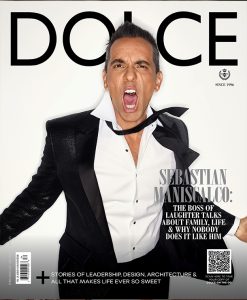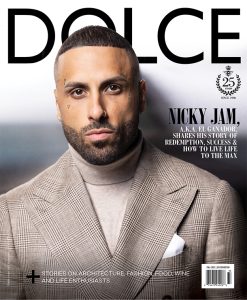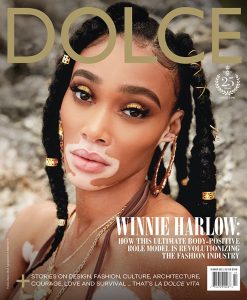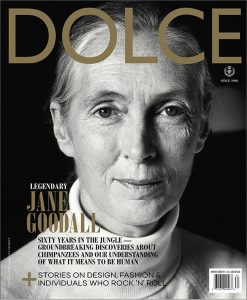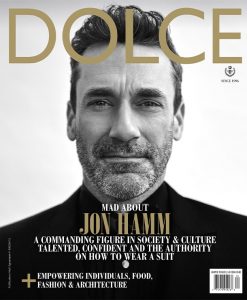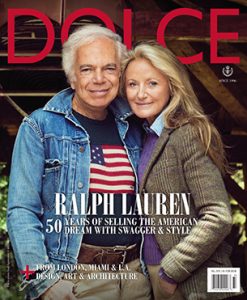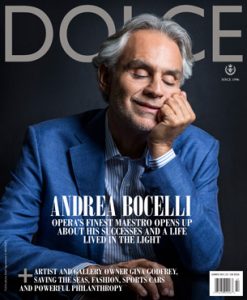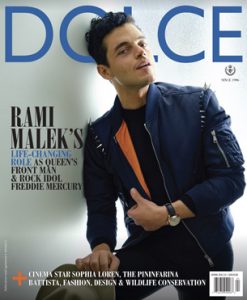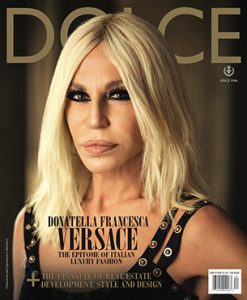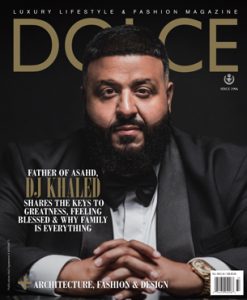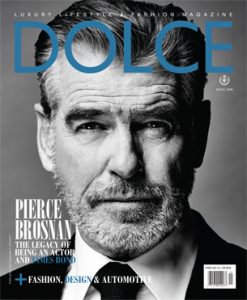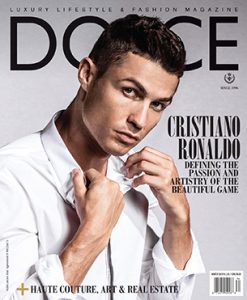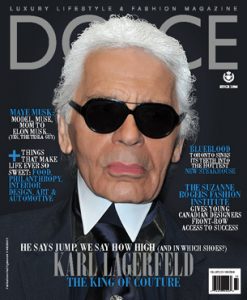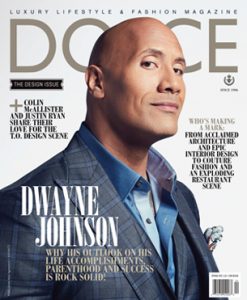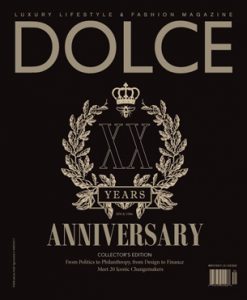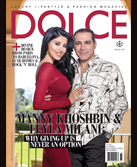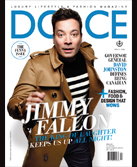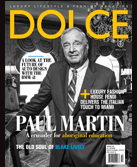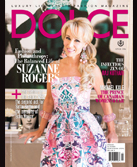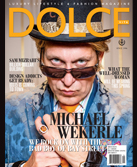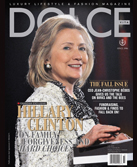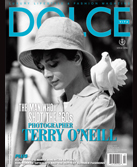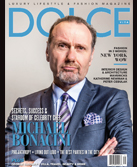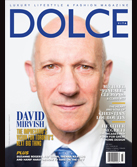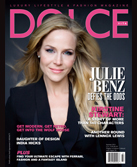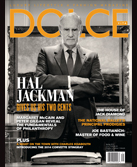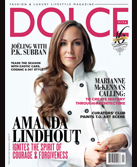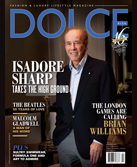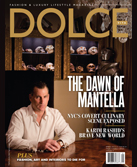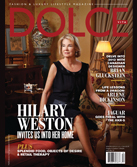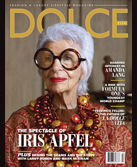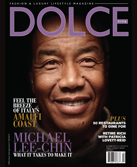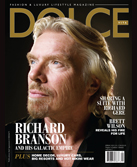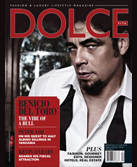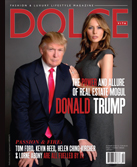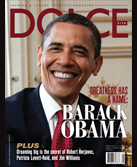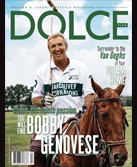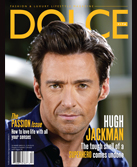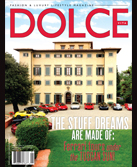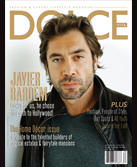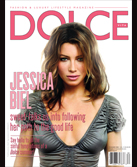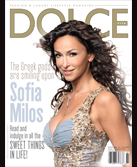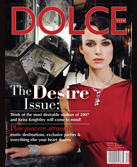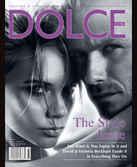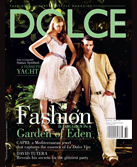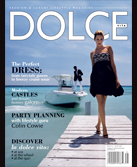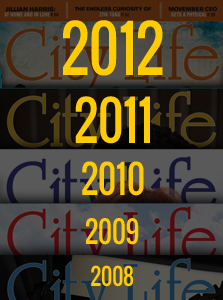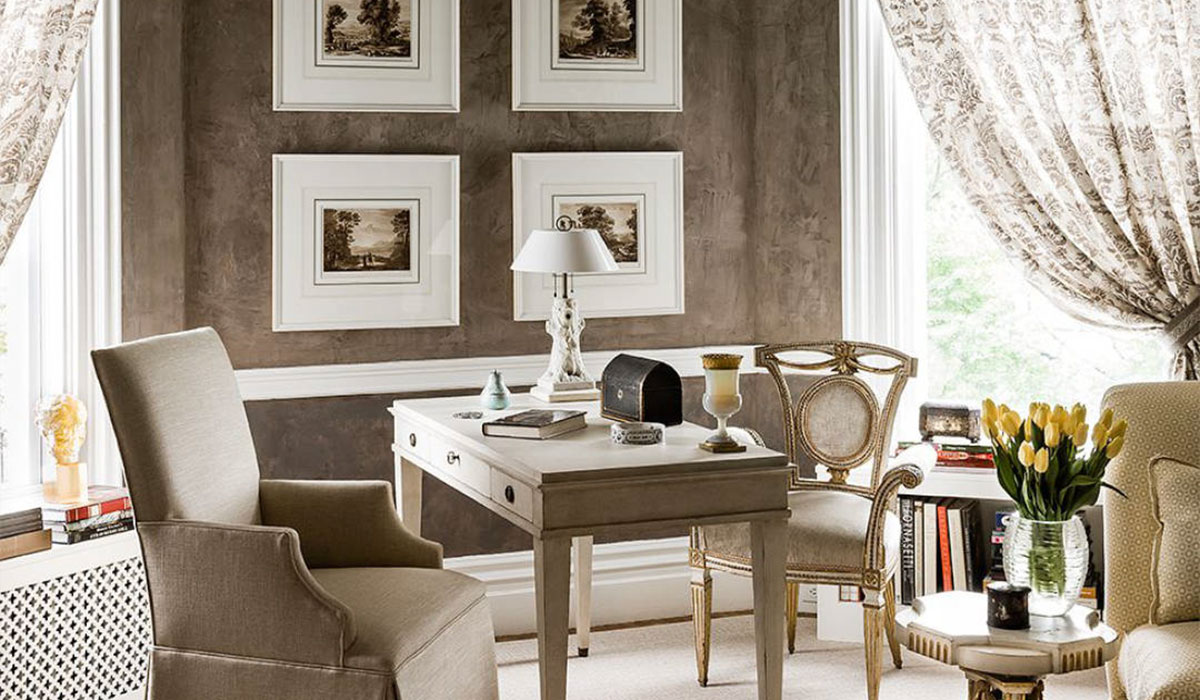Orlando Diaz-Azcuy for Le Gracieux
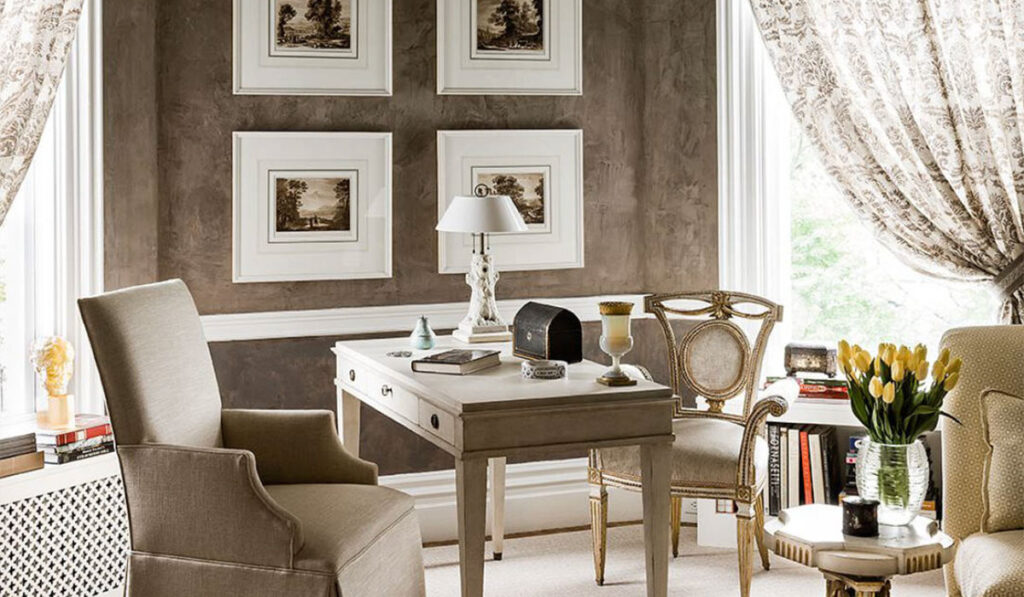
A long-awaited collection emerges from a cohesive vision that imparts beauty and colour to the soul, details to the eyes and texture to the touch.
A fabric collection, at first, can seem a bit odd to the uninitiated. But the moment you grasp that there are an infinite number of inspiring fabrics that can be created using different materials, colours, designs and weaves, you realize that fabric design should be held in the same high regard as art forms such as painting, architecture and dance — the common thread in each form of expression is to draw out an emotional response, and that’s exactly what the newest fabric collection by le gracieux and legendary designer Orlando Diaz-Azcuy, founder and consultant to the San Francisco–based design firm ODADA (Orlando Diaz-Azcuy Design Associates), deliver.
The ORLANDO collection is grounded in intelligent pragmatism and quiet elegance. The world of interior architecture and furniture design welcomed this long-awaited collection with open arms.
It embodies Diaz-Azcuy’s philosophy of timeless, intelligent design that merges structure with the organic beauty of nature. Featuring eight hand-drawn patterns — Barcelona, Bloom, Canal, Feather, Orchid, Palm, Rain and Islas, which are all available in Wild Indigo — the collection reflects Diaz-Azcuy’s belief that great design transcends trends. Each of his hand-drawn expressions moves the needle beyond any trend, providing foundational elements to give life to his ideas.
Diaz-Azcuy’s prolific career spans over 50 years and, for him, the creative adventure never stops. He began his design education in architecture, landscape architecture and planning. However, his creativity really flourished with the guidance of Lawrence Halprin and Arthur Gensler and others, culminating in his being awarded some of the design world’s highest honours, rarely bestowed upon a single person: INTERIORS Magazine’s Designer of the Year, Interior Design magazine’s Hall of Fame, California Icon of Design and two honorary doctorates.
“My goal during these 50-something years has always been to break the pattern, to reflect the client, to try to solve things differently — not necessarily radically, not necessarily futuristic. It does not take much,” says Diaz-Azcuy.



